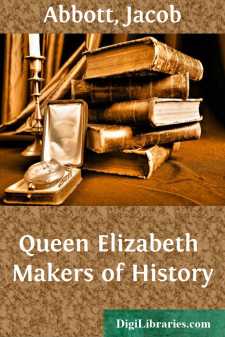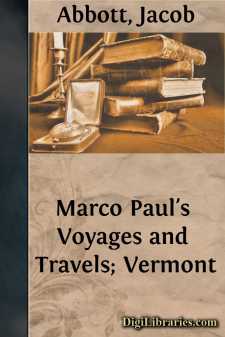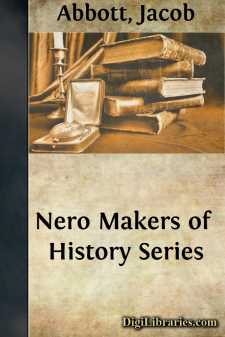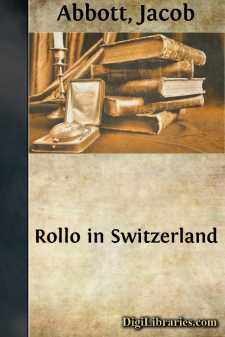Categories
- Antiques & Collectibles 13
- Architecture 36
- Art 48
- Bibles 22
- Biography & Autobiography 813
- Body, Mind & Spirit 142
- Business & Economics 28
- Children's Books 16
- Children's Fiction 13
- Computers 4
- Cooking 94
- Crafts & Hobbies 4
- Drama 346
- Education 46
- Family & Relationships 57
- Fiction 11829
- Games 19
- Gardening 17
- Health & Fitness 34
- History 1377
- House & Home 1
- Humor 147
- Juvenile Fiction 1873
- Juvenile Nonfiction 202
- Language Arts & Disciplines 88
- Law 16
- Literary Collections 686
- Literary Criticism 179
- Mathematics 13
- Medical 41
- Music 40
- Nature 179
- Non-Classifiable 1768
- Performing Arts 7
- Periodicals 1453
- Philosophy 64
- Photography 2
- Poetry 896
- Political Science 203
- Psychology 42
- Reference 154
- Religion 513
- Science 126
- Self-Help 84
- Social Science 81
- Sports & Recreation 34
- Study Aids 3
- Technology & Engineering 59
- Transportation 23
- Travel 463
- True Crime 29
Queen Elizabeth Makers of History
by: Jacob Abbott
Description:
Excerpt
Chapter I.
1533-1536
Greenwich.The hospital.
Its inmates.
Greenwich Observatory.
Manner of taking time.
Travelers, in ascending the Thames by the steamboat from Rotterdam, on their return from an excursion to the Rhine, have often their attention strongly attracted by what appears to be a splendid palace on the banks of the river at Greenwich. The edifice is not a palace, however, but a hospital, or, rather, a retreat where the worn out, maimed, and crippled veterans of the English navy spend the remnant of their days in comfort and peace, on pensions allowed them by the government in whose service they have spent their strength or lost their limbs. The magnificent buildings of the hospital stand on level land near the river. Behind them there is a beautiful park, which extends over the undulating and rising ground in the rear; and on the summit of one of the eminences there is the famous Greenwich Observatory, on the precision of whose quadrants and micrometers depend those calculations by which the navigation of the world is guided. The most unconcerned and careless spectator is interested in the manner in which the ships which throng the river all the way from Greenwich to London, "take their time" from this observatory before setting sail for distant seas. From the top of a cupola surmounting the edifice, a slender pole ascends, with a black ball upon it, so constructed as to slide up and down for a few feet upon the pole. When the hour of 12 M. approaches, the ball slowly rises to within a few inches of the top, warning the ship-masters in the river to be ready with their chronometers, to observe and note the precise instant of its fall. When a few seconds only remain of the time, the ball ascends the remainder of the distance by a very deliberate motion, and then drops suddenly when the instant arrives. The ships depart on their several destinations, and for months afterward when thousands of miles away they depend for their safety in dark and stormy nights, and among dangerous reefs and rocky shores, on the nice approximation to correctness in the note of time which this descending ball had given them.
Portrait of Henry VIIIHenry the Eighth.His character.
His six wives.
This is Greenwich, as it exists at the present day. At the time when the events occurred which are to be related in this narrative, it was most known on account of a royal palace which was situated there. This palace was the residence of the then queen consort of England. The king reigning at that time was Henry the Eighth. He was an unprincipled and cruel tyrant, and the chief business of his life seemed to be selecting and marrying new queens, making room for each succeeding one by discarding, divorcing, or beheading her predecessor. There were six of them in all, and, with one exception, the history of each one is a distinct and separate, but dreadful tragedy. As there were so many of them, and they figured as queens each for so short a period, they are commonly designated in history by their personal family names, and even in these names there is a great similarity....












